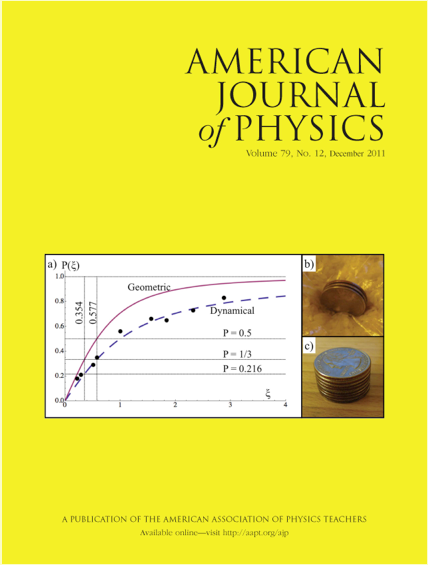Modern astronomy and space science have brought us remarkable technologies and astonishing discoveries that excite and engage us all—teachers, students, and the general public. But it is physics that lets us explore and comprehend the cosmos and its unusual objects, and we need to help our students understand this physics. This theme issue shows how we might improve this process by using astronomy’s discoveries and technologies as contexts for teaching physics.
How can we use astronomy to teach physics? The articles in this issue suggest answers that are varied and interesting. Implicitly, they also raise some important questions. For one thing, how do you find a focus when there is such a dazzling wealth of material and such a vast range of possibilities? How do you bring your attention to bear on the underlying physics without being swept away by powerful images and narratives? For another thing, physicists need to know astronomy if they are going to use it to teach physics; for many of us this means learning new ideas, new vocabulary, and new ways to look at the Universe and its parts. It may also mean learning some new physics. Continue reading “AJP theme issue guest editorial: Use astronomy to teach physics”

